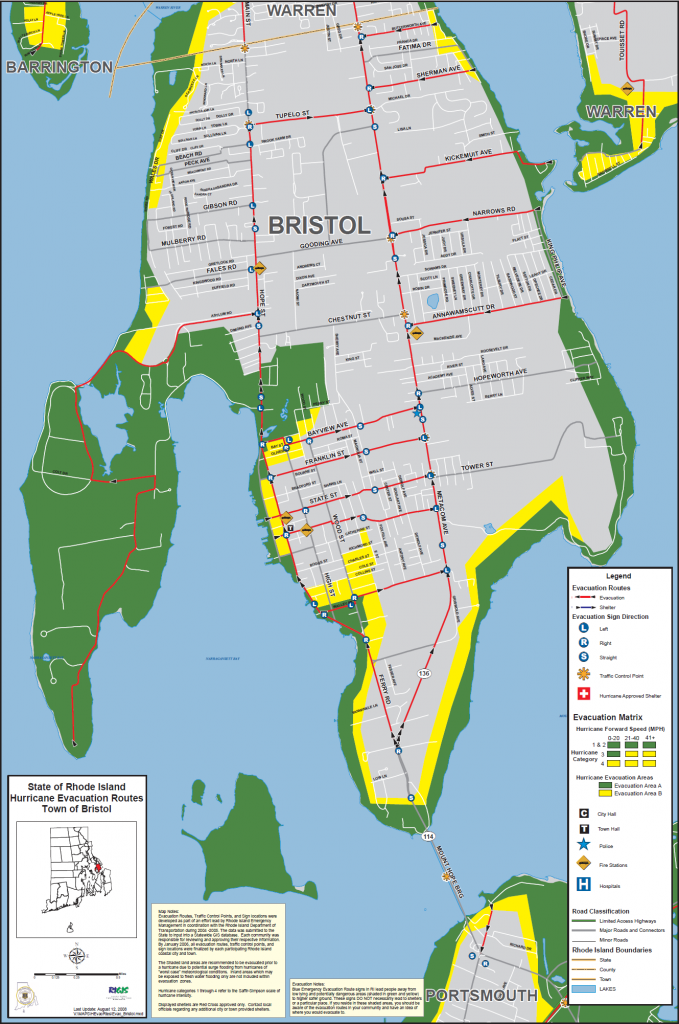The function of human resources is not without its challenges and difficulties. No matter the industry or organization, acquiring and managing a pool of employees can be overwhelming (Thompson, 2012). Human resources managers in health care organizations seem to face more challenges than most. From nursing and physician shortages to attracting innovative and contemporary researchers, health care organizations seem to search within thinning pools of prospective employees, yet still demand the best and brightest (Keenan, 2003; Lewis, 2010; Thompson, 2012).
One of the most challenging issues to health care over the last few decades has been a significant nationwide nursing shortage (Keenan, 2003; Lewis, 2010). Thompson (2012) outlines both a declining skilled workforce and an increasing population contributing to the problem. Both Keenan (2003) and Lewis (2010) cite the aging babyboomer population adding to the increased need for nurses through 2020 and beyond. Novel human resources strategies can result in an augmented workforce designed to meet the continually growing impact these forces have on health care organizations, specifically those with emergency departments.
One novel strategy includes consideration of other highly-skilled clinicians that do not traditionally work in hospitals. As Oglesby (2007) considers the possibility, paramedics are, by far, one of the best examples. By introducing paramedics into the emergency department, a hospital can redistribute the nurses to clinical areas more suited towards their training, decrease the patient-to-nurse ratios (thereby increasing patient safety and maximizing outcomes), and tap into a new pool of prospective employees that are well-suited to rise to the stressful demands of the emergency department (Keenan, 2003; Swain, Hoyle, & Long, 2010). Additionally, organizations employing paramedics can augment both their emergency department operations and home health care operations by sending paramedics to certain patients to mitigate their complaints and minimize the number of inappropriate patient transports to the emergency department (Swain, Hoyle, & Long, 2010). This alone would decrease emergency department overcrowding and maximize revenue and efficiency in the delivery of care. Additionally, turn-over rates should be significantly lower with a more productive work environment where stress is managed, outcomes are met, and patients are care for more effectively.
In conclusion, intelligent and novel planning of the workforce can, itself, lead to increases in recruitment and retention; however, efforts still need to focus on each individually in order to attract, maintain, and develop a first-class workforce (Thompson, 2012).
References
Keenan, P. (2003). The nursing workforce shortage: causes, consequences, proposed solutions (Issue brief #619). The Commonwealth Fund. Retrieved from http://mobile.commonwealthfund.org/
Lewis, L. (2010). Oregon takes the lead in addressing the nursing shortage: A collaborative effort to recruit and educate nurses. American Journal of Nursing, 110(3), 51-54. doi:10.1097/01.NAJ.0000368955.26377.e1
Oglesby, R. (2007). Recruitment and retention benefits of EMT—Paramedic utilization during ED nursing shortages. Journal of Emergency Nursing, 33(1), 21-25. doi:10.1016/j.jen.2006.10.009
Swain, A. H., Hoyle, S. R., & Long, A. W. (2010). The changing face of prehospital care in New Zealand: the role of extended care paramedics. Journal of the New Zealand Medical Association, 123(1309), 11-14. Retrieved from http://journal.nzma.org.nz/
Thompson, J. M. (2012). The strategic management of human resources. In S. B. Buckbinder & N. H. Shanks, Introduction to Healthcare Management (Custom ed.; pp. 81-118). Sudbury, MA: Jones & Bartlett.


